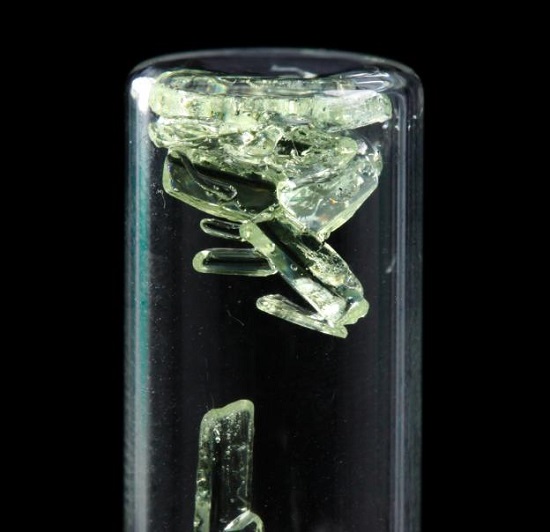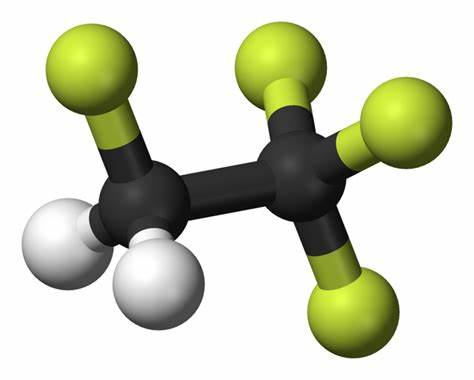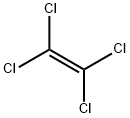Tetrachloroethylene: Uses and Effects on humans
Mar 20,2024
Uses of tetrachloroethylene
Tetrachloroethylene is mainly used as a dry-cleaning agent. It is an intermediate for production of trichloroacetic acid and fluorine-containing organic compounds. It is also
used as a solvent for many organic substances. In addition, it is used in metal degreasing.
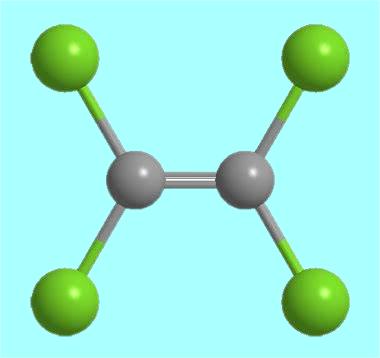
Properties of tetrachloroethylene
Tetrachloroethylene is a colorless liquid with an odor similar to ether. Its boiling point is 121.2°C, and the melting point is −22.4°C. It can be miscible with common organic solvents such as ethanol, ether, benzene, chloroform and carbon tetrachloride. It can dissolve fat, oil, tar, rubber, natural resin and aromatic organic acids. It is hardly soluble in water. The solubility of tetrachloroethylene in water is 0.015% (wt) at 25°C; and the solubility of water in tetrachloroethylene is 0.0105% (wt). Tetrachloroethylene forms an azeotrope with water, having an azeotropic point of 87.7°C and an azeotropic composition: tetrachloroethylene of 84.2% and water of 15.8%.
Effects on humans
Tetrachloroethylene is widely used for dry-cleaning fabrics and metal degreasing operations. Effects resulting from acute (short term) high-level inhalation exposure of humans to tetrachloroethylene include irritation of the upper respiratory tract and eyes, kidney dysfunction, and neurological effects such as reversible mood and behavioral changes, impairment of coordination, dizziness, headache, sleepiness, and unconsciousness. The primary effects from chronic (long term) inhalation exposure are neurological, including impaired cognitive and motor neurobehavioral performance. Tetrachloroethylene exposure may also cause adverse effects in the kidney, liver, immune system and hematologic system, and on development and reproduction. Studies of people exposed in the workplace have found associations with several types of cancer including bladder cancer, non-Hodgkin lymphoma, multiple myeloma. EPA has classified tetrachloroethylene as likely to be carcinogenic to humans.
- Related articles
- Related Qustion
- Biological actions and interactions of tetrachloroethylene May 7, 2022
Tetrachloroethylene is a colorless, volatile, nonflammable, liquid, chlorinated hydrocarbon with an ether-like odor that may emit toxic fumes of phosgene when exposed to sunlight or flames with a char
- What is Perchloroethylene? Sep 27, 2021
Perchloroethylene (C2Cl4, CAS No: 127-18-4), also known as perc, is a colorless, nonflammable liquid solvent with a sweet, ether-like odor. It is primarily used in industrial settings and also for dry-cleaning fabrics and degreasing metals.
Osmium is used to add hardness to alloys. Osmium alloys are used in making hard and high-wear items, including instrument pivots, tips of fountain pen, compasses and electrical contacts.....
Mar 20,2024Inorganic chemistryTetrafluoroethane (HFC-134a) is the most widely used medium- and low-temperature environmentally friendly refrigerant.....
Mar 20,2024APITetrachloroethylene
127-18-4You may like
Tetrachloroethylene manufacturers
- Tetrachloroethylene
-
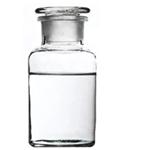
- $100.00 / 1kg
- 2024-04-29
- CAS:127-18-4
- Min. Order: 1kg
- Purity: 99%
- Supply Ability: 20Tons
- tetrachloroethene
-
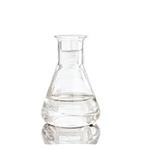
- $1850.00/ T
- 2024-04-24
- CAS:127-18-4
- Min. Order: 0.1T
- Purity: 98%
- Supply Ability: 20T
- Tetrachloroethylene
-
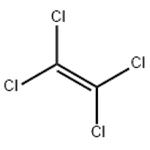
- $50.00 / 1KG
- 2023-12-23
- CAS:127-18-4
- Min. Order: 1KG
- Purity: 99%
- Supply Ability: g-kg-tons, free sample is available




